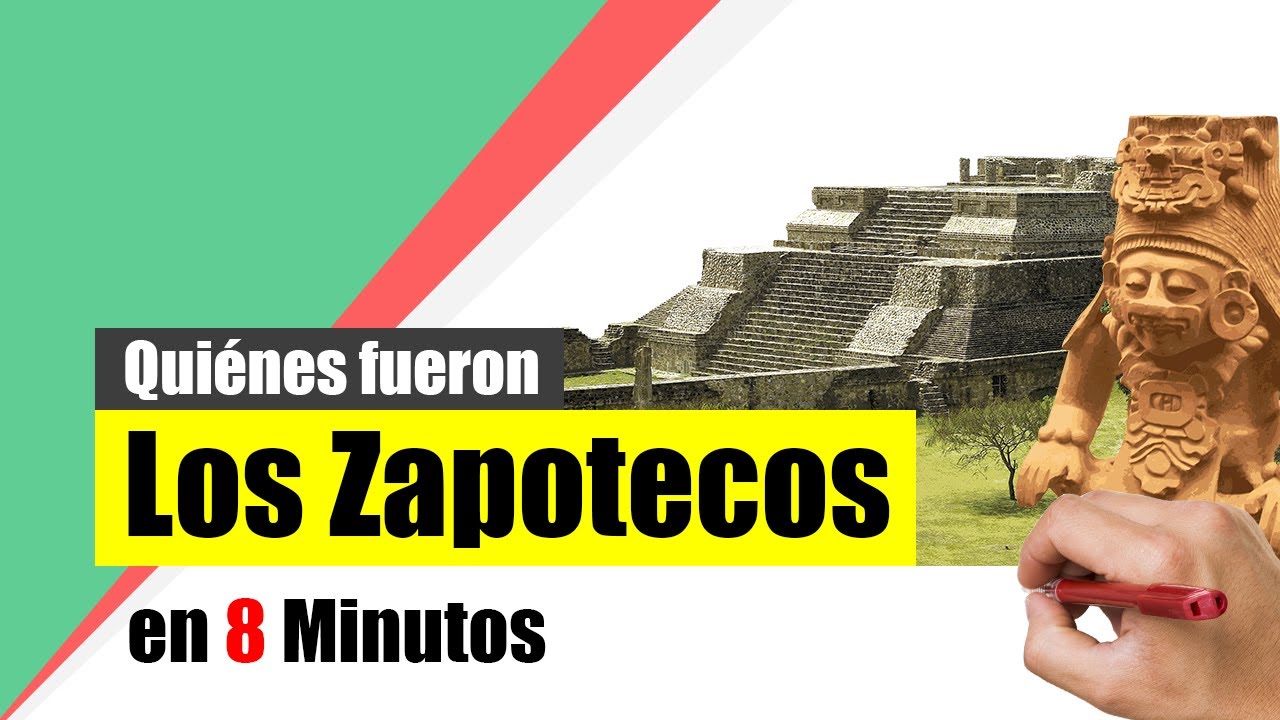What Everyday Life Was Like for the Aztecs
Summary
TLDREl video explora la vida cotidiana de los aztecas, destacando su rica cultura influenciada por las tradiciones olmecas y mayas. Se abordan aspectos como los sacrificios humanos, el comercio, la educación, las prácticas agrícolas y las estructuras sociales. Los aztecas dependían del maíz y otros cultivos, comían insectos y utilizaban sofisticadas técnicas agrícolas como el sistema chinampa. Además, el video detalla sus costumbres matrimoniales, el uso de armas como la cerbatana y su inclinación por los juegos, rituales y calendarios. A pesar de sus prácticas violentas, los aztecas eran espirituales, creativos y avanzados científicamente.
Takeaways
- 🏛️ La civilización azteca estaba influenciada por las tradiciones olmecas y mayas, pero durante los siglos XIV, XV y XVI adquirieron un gran poder e influencia en México y Centroamérica.
- ⛩️ Los aztecas fundaron la ciudad-estado de Tenochtitlán, que más tarde se convertiría en la actual Ciudad de México.
- 💔 Los sacrificios humanos eran una parte importante de la vida azteca, realizados en honor a los dioses en momentos de crisis como sequías o hambrunas.
- 🛍️ El comercio era vital para los aztecas, aunque veían a los comerciantes de largas distancias con recelo. El mercado local era un centro social y económico.
- 🌽 La dieta de los aztecas era principalmente vegetariana, basada en maíz, frijoles, calabazas, tomates y chiles. También consumían insectos como parte de su alimentación.
- 🪃 Los guerreros aztecas usaban una variedad de armas, incluidas cerbatanas, arcos, flechas, lanzas y armas de mano como dagas y garrotes.
- 💍 El matrimonio azteca era ceremonial, con la primera esposa teniendo un estatus especial. Los hombres ricos podían tener múltiples esposas, pero los herederos solo provenían de la primera unión.
- 🏫 La educación era obligatoria para niños y niñas, aunque diferenciada por género. Los varones nobles iban a escuelas militares mientras que las niñas aprendían tareas domésticas.
- 🚜 Los aztecas usaban el sistema de chinampas para maximizar la agricultura, creando campos flotantes que mejoraban la producción agrícola.
- 📅 Los aztecas seguían dos calendarios, uno solar de 365 días y otro ritual de 260 días, que regulaban sus actividades religiosas y sociales, incluyendo sacrificios humanos en días específicos.
Q & A
¿Qué influencias culturales tuvo la civilización azteca?
-La civilización azteca se construyó sobre una combinación de tradiciones olmecas y mayas.
¿Cuál fue la ciudad principal de los aztecas y qué nombre tiene hoy?
-La ciudad principal de los aztecas fue Tenochtitlan, que hoy es conocida como Ciudad de México.
¿Cuál era el propósito de los sacrificios humanos en la cultura azteca?
-Los sacrificios humanos eran una práctica común en la civilización azteca para honrar a los dioses y se realizaban según un calendario ritual o en tiempos de crisis como sequías o hambrunas.
¿Qué eran las Guerras Floridas (Xochiyaoyotl) y por qué se llevaban a cabo?
-Las Guerras Floridas eran conflictos organizados por los aztecas para capturar prisioneros destinados al sacrificio. No se trataba de ganar territorios, sino de obtener víctimas para sus rituales.
¿Cuál era el papel de los comerciantes de larga distancia (Pochteca) en la sociedad azteca?
-Los Pochteca eran comerciantes de larga distancia que transportaban bienes a mano o a cuestas. Aunque eran vitales para el comercio, también actuaban como espías e informantes debido a los peligros de los viajes.
¿Qué alimentos componían la dieta básica de los aztecas?
-La dieta azteca estaba basada principalmente en maíz, frijoles y calabaza. También consumían tomates, aguacates, chiles, insectos como saltamontes, y algunos comían carne o pescado, especialmente las clases altas.
¿Cómo se organizaba la educación en la sociedad azteca?
-Todos, tanto hombres como mujeres, recibían educación, pero los contenidos variaban según el género y el estatus social. Los niños nobles asistían a escuelas militares o religiosas, mientras que los niños comunes aprendían agricultura o oficios.
¿Qué eran las chinampas y cuál era su importancia en la agricultura azteca?
-Las chinampas eran islas artificiales creadas con barro y plantas sobre las que los aztecas cultivaban diversos productos agrícolas. Eran esenciales para maximizar la productividad de las tierras.
¿Qué tipo de juegos y actividades recreativas realizaban los aztecas?
-Los aztecas jugaban juegos de mesa como el Patolli y participaban en el juego de pelota mesoamericano, que tenía connotaciones religiosas. También cantaban, bailaban y celebraban rituales comunitarios.
¿Qué papel jugaban los calendarios en la vida diaria de los aztecas?
-Los aztecas utilizaban dos calendarios: uno solar de 365 días y otro ritual de 260 días. Ambos regían las festividades religiosas y los sacrificios, asegurando el correcto cumplimiento de los ritos.
Outlines

Dieser Bereich ist nur für Premium-Benutzer verfügbar. Bitte führen Sie ein Upgrade durch, um auf diesen Abschnitt zuzugreifen.
Upgrade durchführenMindmap

Dieser Bereich ist nur für Premium-Benutzer verfügbar. Bitte führen Sie ein Upgrade durch, um auf diesen Abschnitt zuzugreifen.
Upgrade durchführenKeywords

Dieser Bereich ist nur für Premium-Benutzer verfügbar. Bitte führen Sie ein Upgrade durch, um auf diesen Abschnitt zuzugreifen.
Upgrade durchführenHighlights

Dieser Bereich ist nur für Premium-Benutzer verfügbar. Bitte führen Sie ein Upgrade durch, um auf diesen Abschnitt zuzugreifen.
Upgrade durchführenTranscripts

Dieser Bereich ist nur für Premium-Benutzer verfügbar. Bitte führen Sie ein Upgrade durch, um auf diesen Abschnitt zuzugreifen.
Upgrade durchführenWeitere ähnliche Videos ansehen

La Cultura ZAPOTECA - Resumen | Origen, Monte Albán, sociedad, economía, religión y decadencia.

Culturas mesoamericanas

Capítulo 3/6: El Legado de Mesoamérica | Documentales Arqueología | Museo Virtual Banco Atlántida

CULTURAS PRECOLOMBINAS en minutos

No CREERAS como VIVIAN los AZTECAS

Presencia Viva: El legado de la herencia taína
5.0 / 5 (0 votes)
